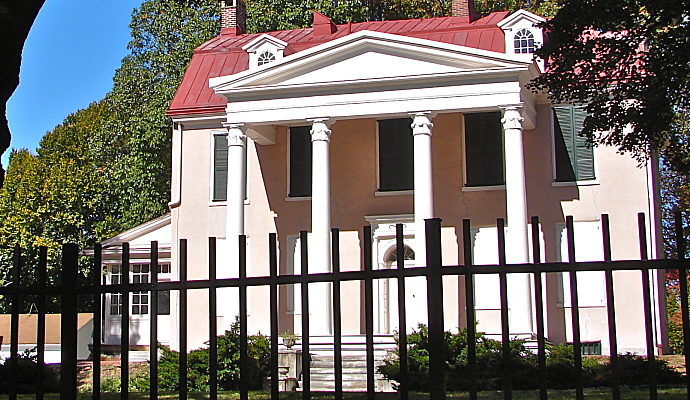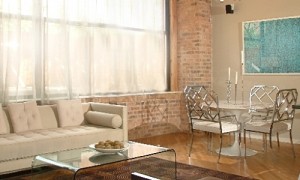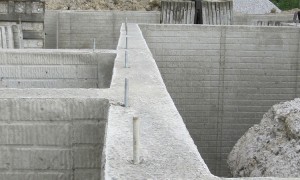How to Maintain a Stucco Exterior
Stucco is a popular home exterior finish due to its appearance, durability, and ease of maintenance. In recent years, homeowners in the Philadelphia area have demonstrated a preference for the look of stucco over that of siding.
Stucco is a popular exterior home finish due to its appearance, durability, and ease of maintenance. In recent years, homeowners have exhibited a preference for the look of stucco over that of siding, and most new home builders in the Philadelphia suburbs offer the choice of a stucco exterior. When applied correctly, stucco can last up to 50 years, with low annual upkeep requirements by homeowners.
In the historic neighborhoods of Philadelphia, red brick was the primary masonry material used, but stucco was used for trim work and occasionally for entire exteriors. According to the Society Hill Historic District’s Guide for Homeowners, historic stucco exteriors were comprised of a mixture of “cement, lime, sand, and water. Old stucco might also include binders of animal hair, straw, pebbles, bits of brick or coal, or even seashells.” Modern stucco is mainly comprised of a material known as Portland cement. Dryvit, a brand of synthetic stucco—also known as an exterior insulation finishing system (EIFS)—is not the same as traditional stucco.
Dirt and debris can be easily cleaned from traditional stucco using a sprayer attached to a hose. The amount of water pressure used is an important factor, as too much water pressure damages the stucco surface. For historic masonry materials, the Society Hill Guide restricts water pressure to “no more than 600 pounds per square inch (psi) and no more than three to five gallons per minute (gpm) using a fan-tip nozzle gun.”
For modern stucco, The Portland Cement Association recommends the use of fan-type sprayers made specifically for stucco. They also note that increased water temperature and the use of a scrub brush will improve stain removal. Mild detergent or a specialized cleaner formulated for stuccos, available at home improvement stores, will also help to clean a stucco exterior.
If you suspect mold has discolored your stucco exterior, you can use a bleach solution to remove stains. Begin by rinsing off the stucco, and then apply a mixture of 25 percent bleach and the rest hot water. Remember to wear gloves and protective eyewear when working with bleach, and also cover nearby plants.
Apply the bleach solution with a sponge or brush and allow it to soak into the stucco for several minutes. After you rinse off the bleach solution, allow 24 hours for the treated area to dry and then reexamine the surface. You should notice additional improvement as the stucco completely dries. If you need to touch up the stucco color, use an acrylic or elastomeric paint designed for masonry materials. For the best possible appearance, use the exact color and brand originally applied to your stucco.
Elastomeric paint will also cover the hairline cracks which commonly develop as a house settles and the stucco expands and contracts during the Philadelphia area’s range of seasonal temperature shifts. On the other hand, if your cracks appear wide enough to insert a quarter inside of them, you may want to have an expert examine them. Wider cracks should be patched to prevent water intrusion.
Photo Source: Wikimedia Commons http://commons.wikimedia.org/wiki/File:4650_Germantown_Loudon.JPG
[cf]skyword_tracking_tag[/cf]




